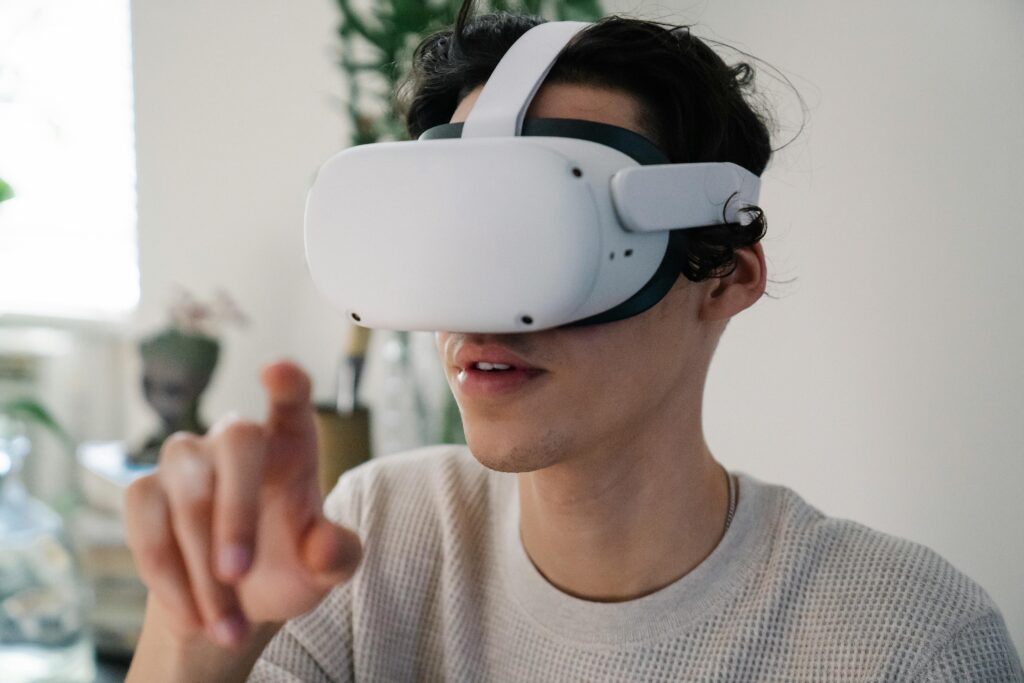
Online Shopping in a Post-Covid World
During the Covid-19 Pandemic, online shopping grew immensely in popularity. Now, in a post-Covid world, online shopping is still thriving, but online consumers miss seeing products in person. According to Time, “What people want when they shop is for it to be quick and easy, to get the best prices and to reduce risk.” Augmented and virtual realities bring the product to the consumer and reduce the risks of the unknown. Now, with the ability to virtually place or test a product, consumers can shop online with confidence.
What is Augmented and Virtual Reality?
If you are unaware of these new marketing and shopping trends, I will introduce you. According to BigCommerce, augmented reality (AR) “simply augments a world that already exists and that you will still perceive, to some extent. Virtual reality (VR), on the other hand, is an immersive experience that lands you in a world completely of artificial creation.”
With AR you typically only need a smartphone, but with VR, you will need special equipment with a headset and controllers. Whatever you have, these different realities add a very fun element to the online shopping experience.
How can Brands Use Augmented and Virtual Reality for Online Shopping
There are many different ways a brand can implement AR and VR into their online shopping and marketing. Four you might spot are…
- Virtual Try-Ons – Online shopping for items like clothing, shoes, and glasses can be risky in the sense that you don’t know exactly what you’re purchasing or how it will look on, so with the help of AR, consumer’s risk and return rates will go down.
- Preview Placement – It can be hard to tell what a product will look like in your home from a store, let alone a small screen, so the real-time ability to “place” the item in your home to scale is incredibly helpful for consumers. According to Architect Magazine, the IKEA Place app “automatically scales products, based on room dimensions, with 98 percent accuracy.”
- Interactive User Manuals – Putting together or trying out an item for the first time can be difficult and normal print instructions can lack detail and cause confusion. BigCommerce says that now “many AR user manual apps scan the product and indicate the buttons in the real-life environment using graphical arrows and animations with text”.
- Social Media Filters – Many social media platforms like Snapchat and Instagram have been using AR in their filters for quite some time, but now many brands have started to sponsor filters or ads and incorporate AR. For instance, a recent Snapchat filter allowed users to try on different pairs of UGG boots and then click a button that brought them to the website to purchase them. According to ForBusiness.Snapchat, ads featuring AR help consumers feel closer to and build deeper relationships with the brand as well as make them feel excitement towards the brand.
What to Be Mindful Of When Implementing AR and VR into Your Own Business
While very helpful for most, all of these new technological innovations can be confusing, so before implementing AR or VR into your own business, be sure your target market is tech savvy.
Anytime you advertise with AR, you must also make sure the AR seamlessly connects the consumer to purchasing that item, otherwise a long purchase process will prevent success. According to Time, “success isn’t just about the technology; it’s about the whole ecosystem. A brand’s creative content, payment system, supply chain and delivery system all have to be seamlessly integrated”

